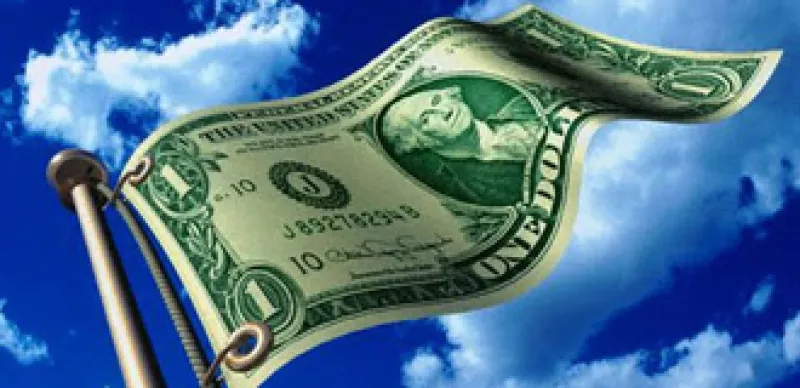At first glance, the fourth-quarter GDP report had some pretty encouraging data about the U.S. consumer. Overall, GDP grew 3.2 percent. It was below expectations, but that was because inventories fell an unexpected 4 percent. Final sales to consumers, however, rose 7.1 percent, the strongest showing in four years.
Sounds pretty good, right?
Yes, but that strength is mitigated by trends buried deeper in the report, says Josh Feinman, global chief economist for DB Advisors, Deutsche Bank’s institutional asset management business.
“Normally, that would auger even more strength in the future, indicating that inventories are lean and need to be rebuilt as consumer spending grows,” Feinman says. “But in truth, some of the gains were mitigated by net trade.”
Earlier last year, there was a big surge in imports, which drove inventories higher and boosted growth. The flip-side of that story played out during the fourth quarter of 2010, according to the GDP report released on Friday. Imports fell and there was a big gain in exports, which added the equivalent of 3.4 percentage points of growth to the economy, the most since 1980.
Those gains in exports, Feinman says, are unsustainable. Imports are likely to bounce back up, as the flows of trade seesaw up and down.
To get a more accurate sense of consumer spending’s underlying strength, he recommends stripping out trade altogether and looking at final sales to domestic purchasers. That figure rose 3.4 percent during the fourth quarter, with sales to domestic consumers up 4 percent, and sales to the government down a bit. “It’s pretty solid, but it’s not 7 percent. Looking ahead, I would consider that a good indicator,” Feinman says.
Viewed through Feinman’s lens, consumer spending supports a view that the economy will grow in the 3.5 to 4 percent range during the next few years. That is a big improvement over the recent past. The economy grew 2.9 percent for all of 2010, and fell 2.6 percent in 2009.
But it’s just barely strong enough to bring down the unemployment rate, which Feinman expects to remain above 8 percent through 2012.
His outlook isn’t encouraging for individuals who are reliant on a strong labor market, but it isn’t all that bad for investors. Feinman expects that equities will have a return in the high single-digit to low-double-digit range over the next few years, while credit basically earns its yield, with little in the way of capital gains.
In prior recessions, the economy roared back with growth in the 5 to 7 percent range. That isn’t likely now, because of continued problems with the housing market and household debt.
But the good news is that slow but steady growth should be sustainable for years to come. “It’s not a bad backdrop for financial markets,” Feinman says. “We’re nowhere near capacity.” Not even, it would seem, in the consumer market.






